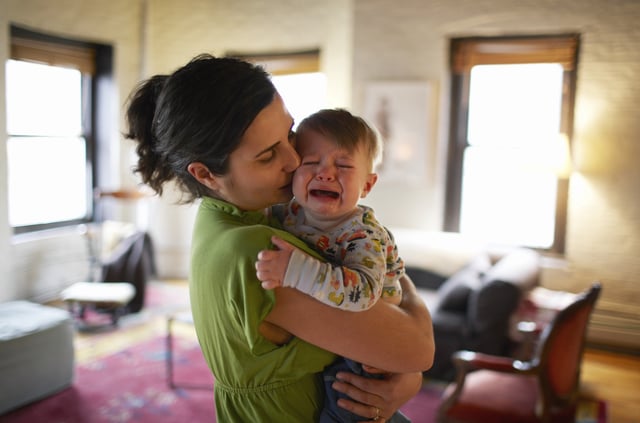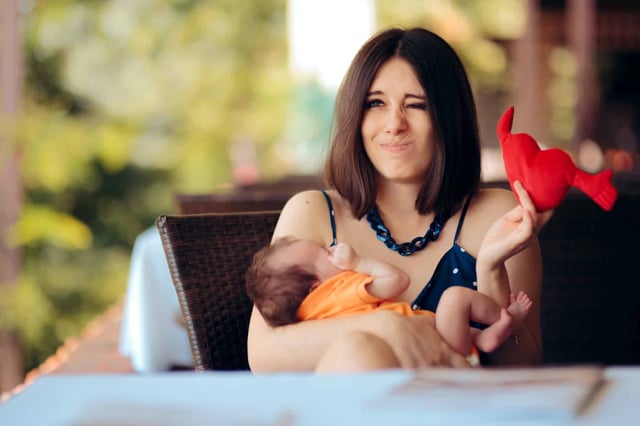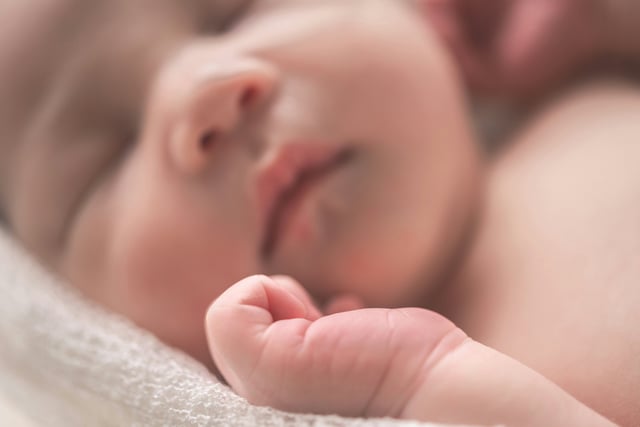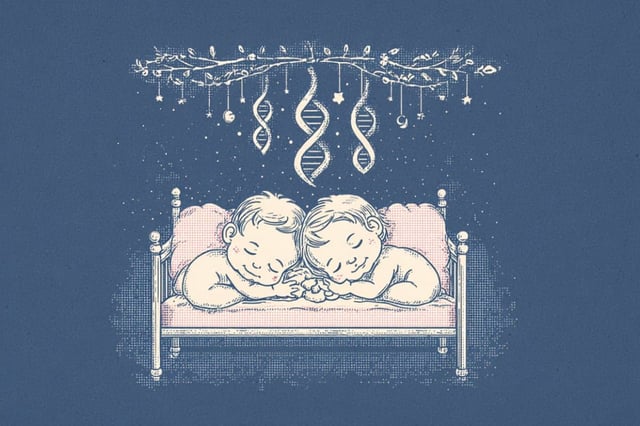Overview
- Genetics explain about 50% of crying duration at two months and increase to around 70% by five months.
- Unique environmental factors account for the remaining crying variation and significantly influence how rapidly infants settle at two months.
- Sleep routines and nursery conditions emerge as the primary drivers of nighttime awakenings in early infancy.
- Researchers analyzed questionnaire responses from approximately 1,000 Swedish twin pairs at two and five months, comparing identical and fraternal twins.
- Study authors note that the observational design precludes pinpointing specific interventions, highlighting the need for targeted research on effective sleep routines.



